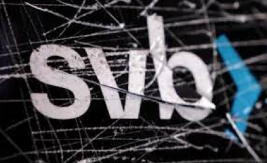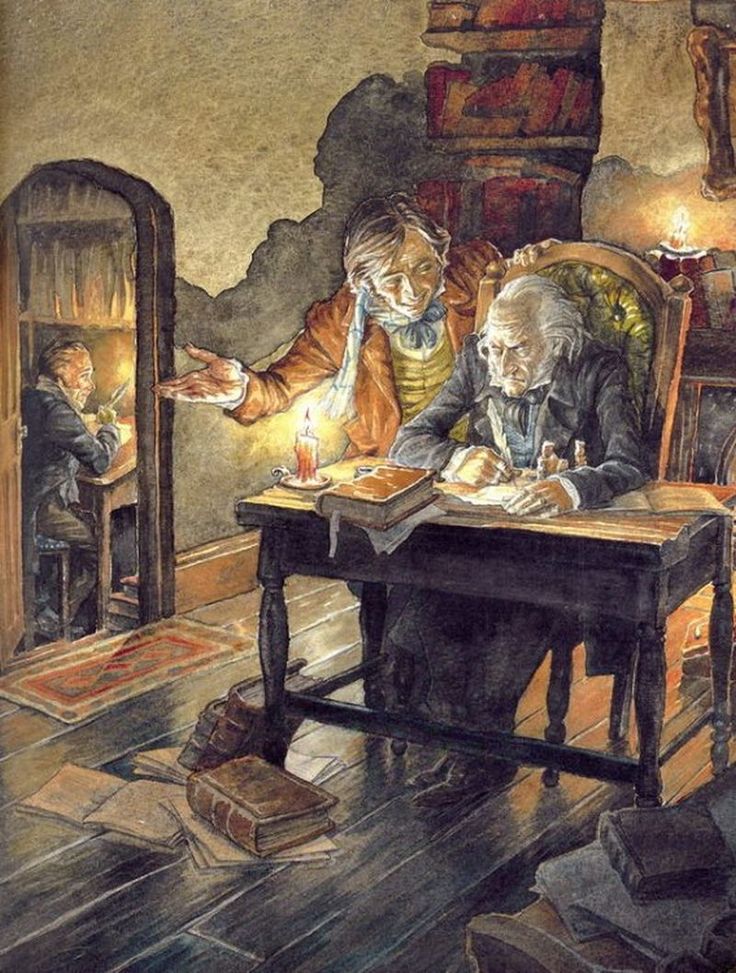What Happens When the 16th Largest Bank in the World Collapses?

In recent months, Americans were thrust into a panic causing thousands to flood banks with withdrawal requests. Their hard-earned money had seemingly disappeared as the once renowned Silicon Valley Bank (SVB) misjudged the trajectory of the US economy and lost over 90% of their customers’ assets through poor investments.
It all started on Wednesday, March 8th when SVB announced they had suffered a $1.8B loss and urgently needed investor funds, but why did they lose so much money? Well, it’s simple. SVB took 97% of their (your) money and invested it into long-term bonds. Although, back when they did this, presumably many many months ago, the interest rate on the bonds was very low.
Fast forward to now, with an economic recession looming over the US and an all-time high inflation rate, the bonds they invested in skyrocketed in interest from 0% to nearly 5%. This meant a negative return on their investment. They lost money rather than making it, and those who banked with SVB responded as anyone else would. They wanted their money.
Within the next 24 hours, SVB had lost $160B (77%) of its value due to investors urgently selling the company’s stock and the inevitable mad rush to withdraw funds. This also stems from the fact that banks don’t carry much cash on hand. Although, in this case, SVB most certainly did not have enough money as they were dealing with multi-million dollar corporations and persons. As you can imagine, the bank was overrun with people trying to pull out all their money, but it was too late. Their money was long gone, but luckily the US government stepped in to save the day.
Now, typically at a Wells Fargo or a US bank, your money is guaranteed by the Federal Reserve up to $250,000. For your average US citizen, this isn’t an issue, but when you are dealing with billions of dollars, it’s a different story. In the case of SVB, the Federal Reserve and Federal Deposit Insurance Agency stepped in and covered the remaining balances of customers. The reason given was to protect the US economy, and being such a large bank, the US government didn’t want SVB’s collapse to have a waterfall effect on other banks.
Before the crash, the SVB was one of the world’s largest banks boasting over $209 billion in assets at the end of 2022. They have been in business for 30 years and attribute much of their success to their customers. Those who typically bank with SVB are not those who’d you find at a Wells Fargo or a Bank of America. The reason why SVB has become such a high-profile bank is primarily attributed to the prominent investors it had. Many of those who banked at SVB were either tech executives or startups with millions of dollars. Around $10-50M to be exact, but why choose SVB?
SVB was a popular choice amongst these high earners because it offered high-interest rates on deposits. If you had $10M in your SVB saving account, you would earn or accrue about $450,000/year by just having that money sit in the bank. Here’s the catch, that money isn’t actually in the bank. Like all banks, SVB invests your money into stocks and bonds hoping for a return on their investment. This is how banks make money, apart from the interest fees they charge when you don’t pay off your credit card on time. Yes, that was aimed at you, but how does the SVB crash affect you?
The good news is, if you don’t bank with SVB, you should be fine. Your money sitting in your local bank account wasn’t directly affected by the SVB crash. Which means you don’t have to run to the bank and withdraw all your money. You still can withdraw your money, but it would likely be for a different reason.
While your money is safe now, who knows what the future holds? The country is on a trajectory toward a recession, and inflation remains elevated. I implore you to be financially conscious and stay up-to-date on the condition of the United States economy.
And what does this mean for the average American?...





